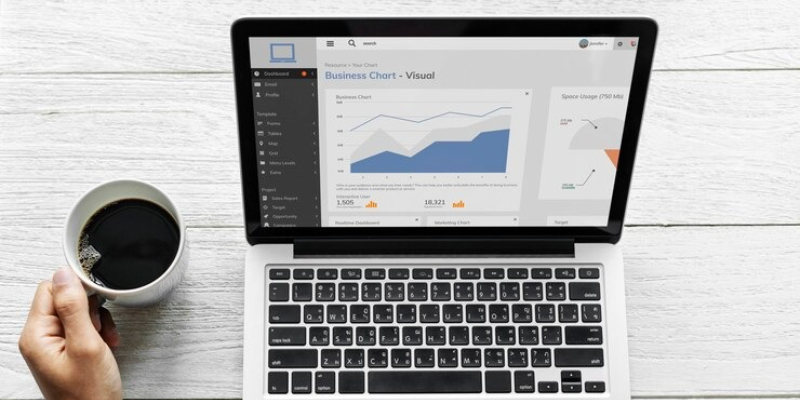

Search is no longer linear — it’s predictive, conversational, and intent-driven. As Google SGE, Microsoft Copilot, and voice-AI assistants reshape how users discover information, seasonal SEO optimization strategies have evolved into dynamic systems of timing, trend prediction, and contextual optimization.
For brands seeking to capture high-intent traffic during key seasons, this is your SEO Working Guide to building an AI-ready framework that keeps your business visible year-round.
Evergreen SEO focuses on long-term keywords that retain relevance across months. In contrast, Seasonal SEO is built around high-intent, time-bound trends — festivals, weather shifts, admission seasons, or consumer events — helping businesses align with predictable demand spikes.
Modern users begin researching 3–6 months ahead of major events. AI-driven previews such as Google SGE and Perplexity now surface trend-based content before traditional SERPs peak — making early publishing the new competitive edge.
Google Trends remains powerful, but combine it with predictive tools like Glimpse, Exploding Topics, and SEMrush Trends AI to forecast breakout keywords. These AI platforms reveal early-stage trends, letting you prepare content before the market saturates.
Use:

Search behaviour differs regionally. A “summer skincare” keyword peaks in India in April but trends in Australia during December. Build geo-targeted content silos to serve regional intent and boost topical authority.
Crawling, indexing, and AI-context mapping take time. Publish early to ensure Google’s generative systems understand your brand’s topical relevance before search volume peaks.
| Intent | Format | Example |
| Awareness | Blog / Guide | “Summer SEO Trends 2025” |
| Consideration | Landing Page | “Holiday Deals SEO Strategy” |
| Conversion | Offer Page | “Limited-Time SEO Audit Offer” |
Repurpose last year’s successful pages with updated data, visuals, and FAQ schema. When search intent evolves, create new assets optimized for conversational tone and semantic richness.

Incorporate event + year + intent (e.g., “Summer SEO Campaigns 2025”). Keep URLs timeless for reusability, and refresh metadata yearly to signal active updates.
Google’s Gemini and SGE models prioritize structured, human-like formatting. Use bullet points, short paragraphs, and semantic HTML tags to enhance comprehension for both readers and AI.
Interlink seasonal posts with core evergreen pages such as yourSEO company in Bangalore service page. This builds topical depth and distributes authority across your ecosystem.

Every millisecond matters during high-traffic seasons. Optimize with CDN caching, compressed assets, and maintain LCP < 2.5 s, FID < 100 ms, CLS < 0.1 for smoother experiences.
Implement FAQ, Event, Product, and Offer schema. In 2025, Google uses this structured data to populate AI Answers, giving you direct exposure in generative search previews.
Maintain the same URL for recurring annual events like /diwali-seo-strategies/ to preserve backlinks and accumulated ranking signals.

Pair your SEO launches with Meta Ads, YouTube Shorts, and LinkedIn posts 2–3 weeks before the expected search surge. Cross-channel reinforcement amplifies visibility.
Collaborate with influencers and niche publications that naturally align with seasonal topics. Local Citations in SEO directories can also strengthen regional authority and visibility.
Evaluate last year’s engagement and conversion metrics. Retain winning URLs, revamp low-performers, and tweak CTAs using CRO data to improve click-through consistency.
Track:
Compare seasonal traffic behaviour with evergreen patterns to balance content investment. Adjust internal linking flow to maintain engagement post-season.
Feed data from past seasons into forecasting dashboards (Google Looker Studio + BigQuery). This helps predict future keyword behaviour and refine your E-commerce SEO Strategy.
Format answers in under 100 words, target long-tail question queries, and use FAQ schema. This improves your chance of being quoted in AI-generated summaries.
Optimise for visual, voice, and chat search together. Add descriptive alt text, entity-based captions, and natural-language context to feed AI models accurate meaning.
Prioritise author credibility and transparent brand identity. Google’s modern AI ranking favours content with strong author bios, source citations, and brand trust metrics.
How far ahead should I plan? Begin 3–6 months in advance. This allows AI systems to index and understand your content before user search intent peaks.
Can I reuse seasonal content from prior years? Yes — maintain the same URL for continuity but update data, CTAs, and intent-aligned phrasing for each year.
Is seasonal SEO only for e-commerce? No. Every sector — from education and healthcare to real estate and B2B — has cyclic demand patterns that benefit from timely optimisation.
Seasonal SEO is no longer about just publishing at the right time — it’s about training AI and search algorithms to recognise your brand as the authority across evolving trends.
By combining predictive analytics, AI-structured content, and robust local and global optimisation strategies, your brand can dominate both traditional SERPs and AI-powered search results.
At Bud Creative Ad Agency, we engineer performance-driven SEO frameworks that help brands rank in Google, in AI summaries, and in customer conversations — season after season.